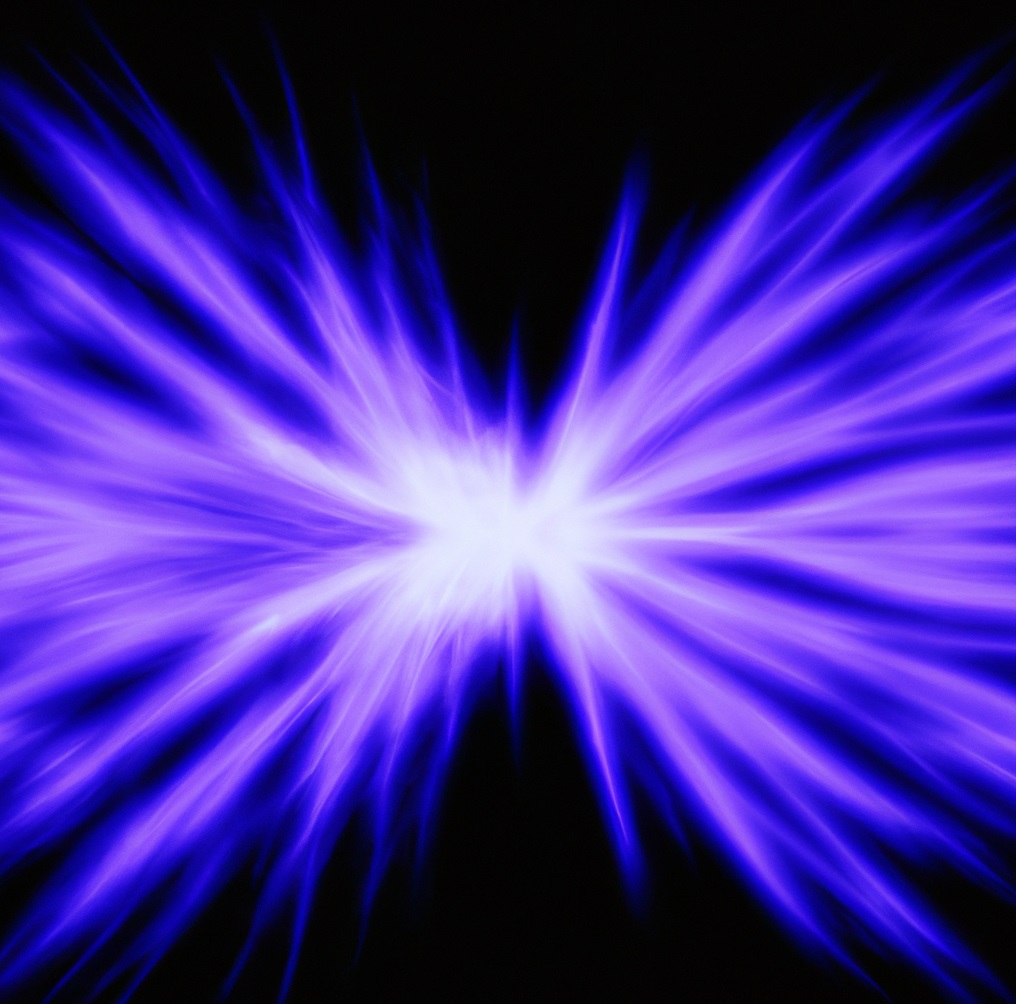What is Orgone? This question has intrigued and puzzled scientists, researchers, and enthusiasts in alternative energy for decades. Orgone is a term coined in the 1930s by Dr. Wilhelm Reich, a student of Sigmund Freud. Reich’s pioneering work led to the discovery of “orgone energy” or “energy accumulator,” a form of life energy that permeates all living beings and the atmosphere.
The Scientific Foundation of Orgone
For a correct definition and a complete answer to the question – Orgone: What is it? It’s crucial to understand its scientific roots. Reich identified an energy accumulator as a blue-glowing, omnipresent substance, a form of energy that is neither matter nor electromagnetic radiation. He believed that energy accumulator was the key to understanding various biological processes and could have significant physical and mental health implications.
What is Orgone Accumulators: Harnessing the Energy
A pivotal aspect of Reich’s research on Orgone was the development of the accumulator. This device, designed to concentrate and harness organic energy, was made from layers of organic and inorganic materials. The purpose of the accumulator was to allow individuals to absorb this energy, leading to various health benefits.
Energy accumulator for health?
One of Oregon’s most attractive aspects is its potential health effects. Reich and his followers believed that energy accumulators can affect well-being due to their ability to treat various ailments. They postulated that depressive disorders may be the result of disturbances in the flow of orgone energy inside the body. To cope with this ailment, try using the crystals for depression.
Meaning of Orgone in Environmental Science
When exploring Orgone from an environmental perspective, Reich’s theories extended to atmospheric and ecological studies. He proposed that energy accumulators could be harnessed to affect weather patterns, suggesting a profound interconnection between this energy and the natural world.
Controversies and Debates Surrounding Energy Accumulators
The question – Orgone: What is it? Has not been without controversy. The scientific community has largely been skeptical of Reich’s claims, citing a lack of empirical evidence. Critics argue that energy accumulator is pseudoscience, while supporters believe it simply eludes conventional measurement techniques.
Orgone in Modern Alternative Medicine
In modern times, energy accumulators remain a crucial question in alternative medicine. Practitioners and enthusiasts continue to use energy accumulator-based therapies, claiming benefits such as stress reduction, energy enhancement, and improved overall health.
Conclusion
Based on all the above information, we can provide a detailed answer to this article’s main question: What is Orgone?
Orgone is a term coined by the Austrian psychoanalyst Wilhelm Reich in the late 1930s to describe a hypothesized universal life force or vital energy—an energy accumulator. Reich proposed that an energy accumulator is a type of energy that permeates all matter, both living and non-living. He suggested it was a massless, omnipresent substance similar to luminiferous aether but more closely associated with living energy than inert matter.
Scientifically, orgone theory is considered pseudoscience as it lacks empirical support and is inconsistent with established scientific theories and laws. The mainstream scientific community does not recognize Orgone as a fundamental scientific concept, mainly due to the lack of reproducible evidence and the failure of Reich’s theories to provide testable predictions. Consequently, energy accumulation is primarily discussed within alternative medicine and fringe science circles.
If you are interested in scientific evidence and the unique energies and possibilities of natural creations of nature, then let me suggest that you familiarize yourself with shungite stone. It is a rare Russian mineral with great potential for vital energy.
